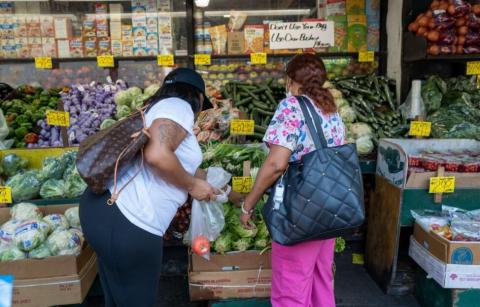Fed’s aggressive rate hikes raise likelihood of a recession

Federal Reserve Chair Jerome Powell has pledged to do whatever it takes to curb inflation, now raging at a four-decade high and defying the Fed's efforts so far to tame it.
Increasingly, it seems, doing so might require the one painful thing the Fed has sought to avoid: A recession.
A worse-than-expected inflation report for May, consumer prices rocketed up 8.6 percent from a year earlier, the biggest jump since 1981, helped spur the Fed to raise its benchmark interest rate by three-quarters of point on June
Not since 1994 has the central bank raised its key rate by that much all at once. And until Friday's nasty inflation report, traders and economists had expected a rate hike of just half a percentage point on June 15. What's more, several more hikes are coming.
The "soft landing'' the Fed has hoped to achieve, slowing inflation to its 2 percent goal without derailing the economy, is becoming both trickier and riskier than Powell had bargained for. Each rate hike means higher borrowing costs for consumers and businesses.
"There's a path for us to get there," Powell said on June 15, referring to a soft landing. "It's not getting easier. It's getting more challenging".
It was always going to tough: The Fed hasn't managed to engineer a soft landing since the mid-1990s. And Powell's Fed, which was slow to recognize the depth of the inflation threat, is now having to play catch-up with an aggressive series of rate increases.
"They are telling you: "We will do whatever it takes to bring inflation to 2 percent,' " said Simona Mocuta, chief economist at State Street Global Advisors. "I hope the (inflation) data won't require them to do whatever they're willing to do. There will be a cost.''
- Log in to post comments
